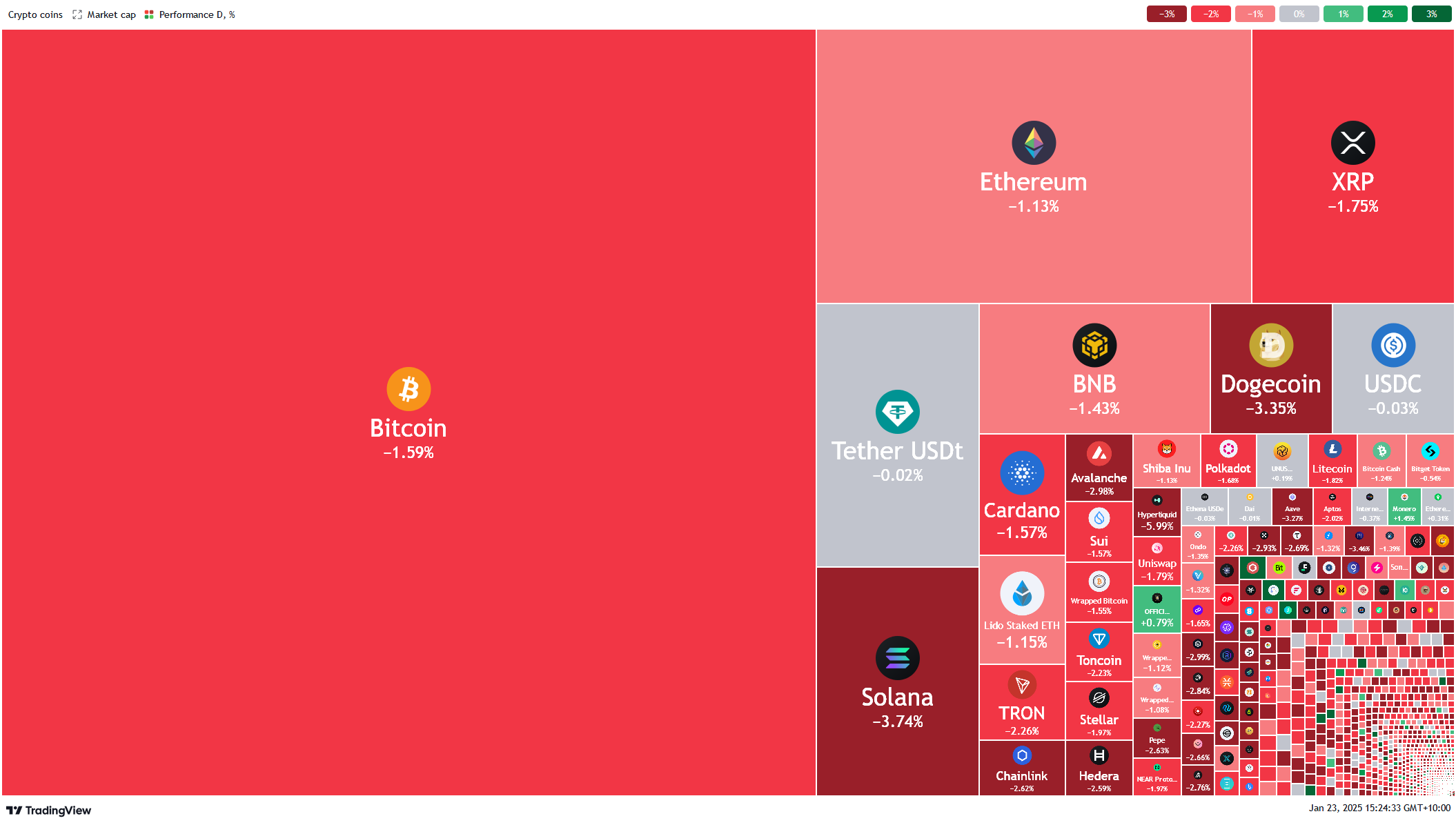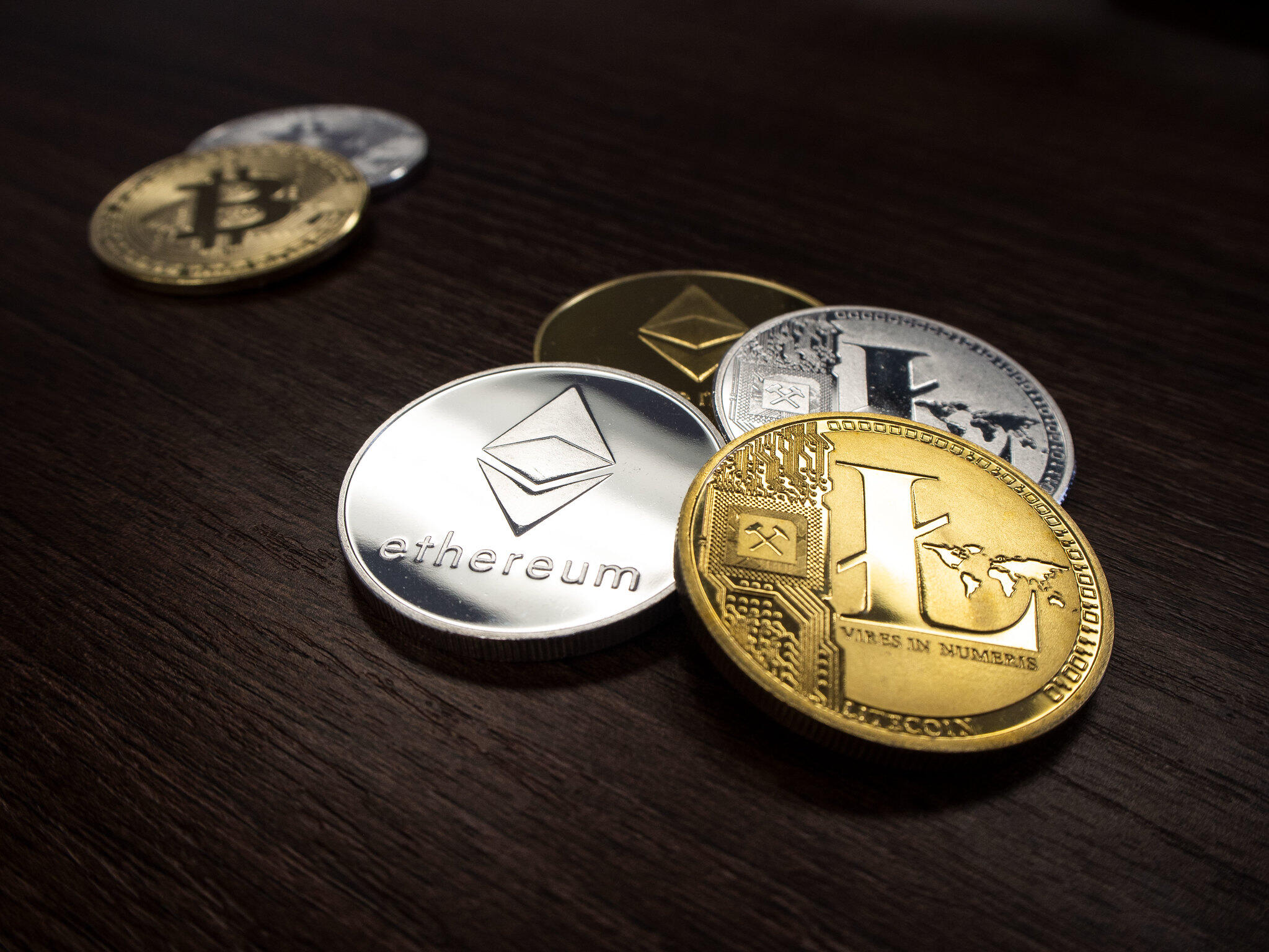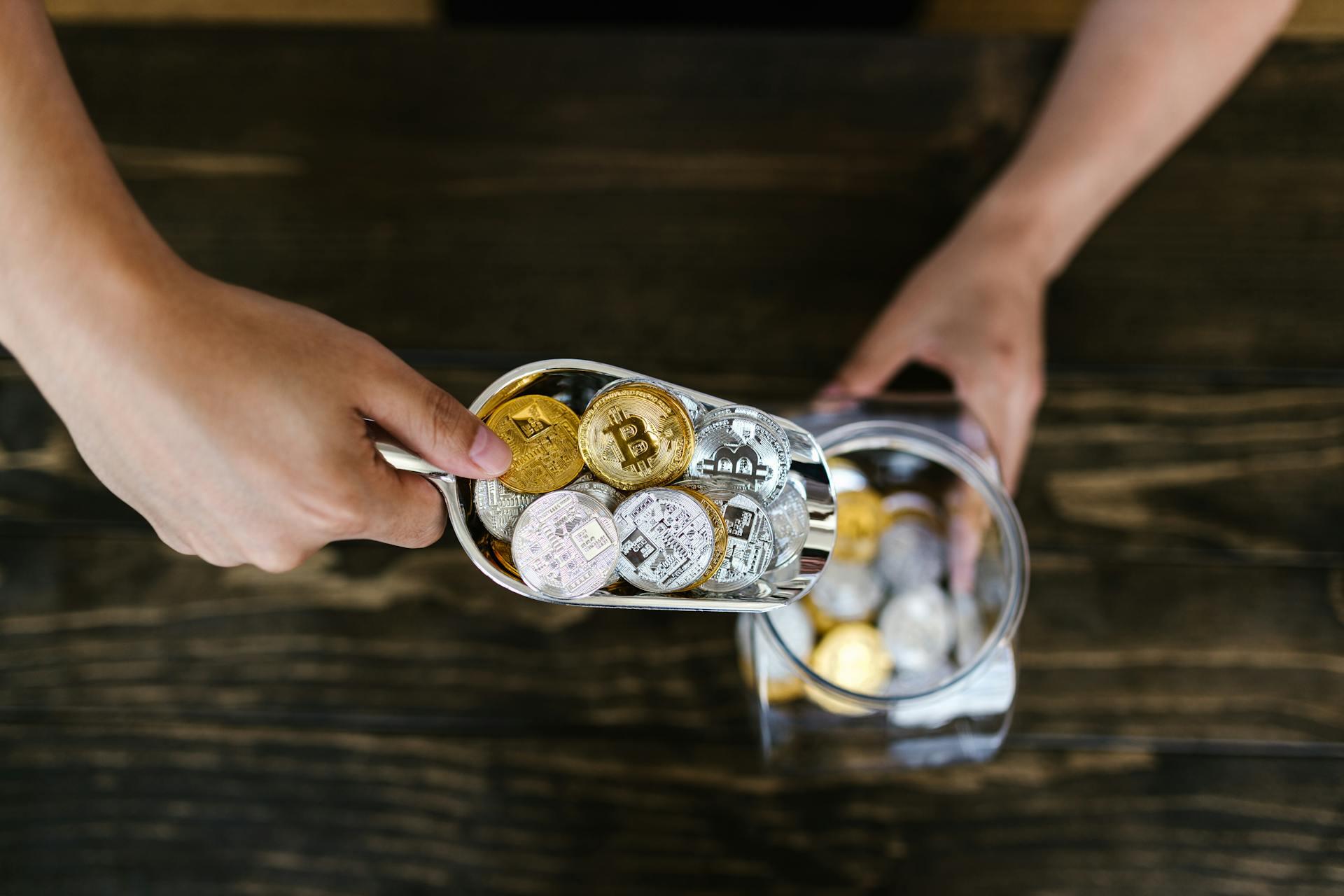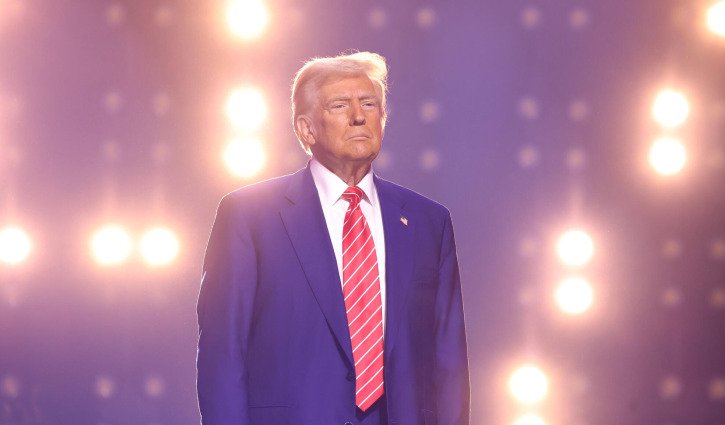The cryptocurrency landscape continues to evolve rapidly in 2025, with the world of “altcoins” emerging as a dynamic and unpredictable frontier. With over 16,500 cryptocurrencies in circulation as of January, the altcoin market has become a veritable Wild West, offering a largely unregulated environment for both unprecedented opportunities enormous risks.
The term "altcoin" encompasses any cryptocurrency other than Bitcoin, and while Bitcoin remains the dominant player, accounting for just over half of the total crypto market capitalisation, altcoins tend to gain ground in times of higher risk appetites.

The Altcoin Ecosystem
The altcoin ecosystem is incredibly diverse, with projects ranging from established platforms like Ethereum and Solana to meme-inspired tokens and AI-powered cryptocurrencies.
The altcoin ecosystem can be broadly categorised into several types:
Stablecoins, such as Tether (USDT) and USD Coin (USDC), are cryptocurrencies designed to maintain a stable value relative to a specified asset, typically a fiat currency like the U.S. dollar. They aim to overcome the price volatility associated with traditional cryptocurrencies, making them more suitable for everyday transactions and as a store of value.
Stablecoins achieve this stability through various mechanisms, including being backed by reserves of the pegged asset or using algorithmic formulas to control supply.
As of January 2025, stablecoins have become increasingly popular, with Tether being one of the largest cryptocurrencies by market capitalisation at US$138.93 billion (A$221.13 billion).
Meme coins, exemplified by Dogecoin and Shiba Inu, are cryptocurrencies inspired by internet culture and social media trends. These tokens often gain popularity through viral marketing and community engagement rather than underlying technological innovation.
While meme coins can experience rapid price appreciation due to social media hype, they are generally considered highly speculative investments with significant volatility.
Utility tokens, such as XRP and MATIC, are digital assets designed to provide access to specific services or functions within a blockchain ecosystem. XRP, for instance, is the native token of the Ripple network, facilitating cross-currency payments using distributed ledger technology.
MATIC (Polygon) is used for network security and transaction fees on the Polygon network. The value of utility tokens is derived from their usefulness within their respective platforms, making them integral to the functionality of various blockchain applications.
Play-to-earn tokens are cryptocurrencies used in blockchain-based games that reward players for their participation and achievements. These tokens allow players to earn real-world value through gameplay, completing quests, or participating in competitive events.
Players can use these tokens to purchase in-game assets, trade them on external marketplaces, or convert them to other cryptocurrencies or fiat money.
Governance tokens are a subset of utility tokens that provide holders with voting rights and decision-making power within a decentralized network or protocol. These tokens allow participants to have a say in the development and management of blockchain projects, often through decentralized autonomous organisations (DAOs).
Governance token holders can vote on protocol amendments, propose changes, and influence the direction of the project, creating a more democratic and decentralized governance structure.
Security tokens are digital assets that represent ownership in real-world assets, such as stocks, bonds, or real estate. These tokens are subject to securities regulations and provide investors with rights similar to traditional securities, such as voting rights or dividend payments.
Unlike utility tokens, security tokens are explicitly designed as investments and must comply with relevant financial regulations. While security tokens offer the potential for fractional ownership and increased liquidity for traditionally illiquid assets, they also come with regulatory complexities that distinguish them from other types of cryptocurrencies.
Ethereum (ETH) stands out as the most prominent altcoin, offering a decentralised software platform that enables smart contracts and decentralised applications (dApps). Its goal is to create a suite of financial products accessible to anyone in the world, regardless of nationality, ethnicity, or faith.
Other notable altcoins include:
- Tether (USDT): A stablecoin pegged to the U.S. dollar
- Binance Coin (BNB): Used for trading fees on the Binance Exchange
- Solana (SOL): A high-performance blockchain platform
- XRP: Native token for the XRP Ledger, created by Ripple
- Cardano (ADA): A proof-of-stake blockchain platform
While altcoins offer exciting opportunities, they also come with significant risks. The crypto market has been compared to the "Wild West" due to its lack of regulation and potential for fraud.
Recent events, such as the collapse of crypto prices in 2022 and the FTX scandal, have intensified debates about the sector's risks and the need for regulation.

Risks and Challenges
While the altcoin market offers the potential for astronomical returns, it also poses huge risks for discerning traders and investors, including extreme volatility, liquidity issues, and the potential for complete loss of investment.
One of the most notorious phenomena in the altcoin space is the "rug pull", where developers abandon a project after raising funds, leaving investors with worthless tokens.
A recent example is the case of Tuah Token, which saw its value plummet by 99.99% in just 31 minutes after launch, resulting in significant losses for investors.
The power of social media influencers in driving altcoin prices has become a double-edged sword. While legitimate projects can benefit from increased visibility, unscrupulous influencers have been known to promote dubious or outright fraudulent tokens to their followers, often without disclosing their financial interests.
Among these influencers, President Donald Trump and First Lady Melania launched their own respective ‘meme’ coins, with market capitalisations surging into the billions only days after release, amid extremely volatile trade conditions.
The altcoin market has also seen a resurgence of “pump-and-dump” schemes, where coordinated groups artificially inflate the price of a token before selling off their holdings, leaving unwitting investors with significant losses.
Navigating the Altcoin Frontier
For those looking to explore the altcoin market, careful research and risk management are essential. Here are some key considerations:
- Due Diligence: Before investing in any altcoin, thoroughly research the project's whitepaper, team credentials, and use case. Be wary of projects promising unrealistic returns or lacking a clear roadmap.
- Diversification: Given the high volatility of altcoins, diversifying investments across multiple projects can help manage risk.
- Stay Informed: Keep up with regulatory developments, as new regulations can significantly impact the viability and legality of certain projects.
- Understand the Technology: Familiarise yourself with the underlying technology and use case of any altcoin you are considering.
- Be Cautious of Hype: Be sceptical of projects that rely heavily on celebrity endorsements or social media hype without substantial technological backing.

Market Outlook for 2025
Despite the risks, many investors and enthusiasts remain bullish on the altcoin market for 2025. According to the "Cryptocurrency Market 2025-2029" report, the cryptocurrency market will grow by US$39.74 billion during 2024-2029, accelerating at a compound annual growth rate (CAGR) of 16.7% during the forecast period.
The report cites several factors driving this growth, including rising investment in digital assets, increased availability of crypto wallets, and an increase in fintech spending. Additionally, the acceptance of cryptocurrency by retailers and the rising inclination toward digital currency are expected to lead to sizable demand in the market.
Some industry experts predict that 2025 could be a particularly strong year for altcoins. Bitcoin's price surged over 100% in the 12 months leading up to January 2025, sparking renewed interest in cryptocurrencies. The four-year bitcoin halving cycle, which reduces the rate of new coin creation, is expected to drive price increases by tightening supply.
As bitcoin holders reap profits from the rise, some of those gains are expected to trickle into altcoins in a scenario resembling the tide that lifts all boats. This pattern has repeated in previous cycles, with altcoins often seeing steeper percentage gains in the third year following a bitcoin halving event.
More recently, President Donald Trump announced the creation of a U.S. strategic crypto reserve, which will include Bitcoin, Ethereum, XRP, Solana’s SOL token, and Cardano’s ADA.
“A U.S. Crypto Reserve will elevate this critical industry after years of corrupt attacks by the Biden Administration, which is why my Executive Order on Digital Assets directed the Presidential Working Group to move forward on a Crypto Strategic Reserve that includes XRP, SOL, and ADA,” Trump stated on Truth Social. “I will make sure the U.S. is the Crypto Capital of the World.”
Conclusion
The altcoin landscape is likely to continue evolving rapidly, with the prevalence of scams and fraudulent activities underscoring the need for caution and due diligence.
The altcoin market represents a frontier of innovation in the cryptocurrency space, offering a diverse range of projects and investment opportunities. However, like any frontier, it comes with both opportunities and risks that must be carefully weighed and managed.
As the market evolves and matures, it's likely that we'll see a more regulated and stable altcoin ecosystem emerge. However, for the foreseeable future, navigating the altcoin Wild West will require a combination of careful research, risk management, and a willingness to embrace the unpredictable nature of this rapidly evolving space.
For those willing to venture into this digital frontier, the altcoin market offers a fascinating glimpse into the future of finance and technology. But like the pioneers of old, today's altcoin explorers must be prepared for both the potential rewards and the inherent risks of charting new territory in the world of cryptocurrency.



